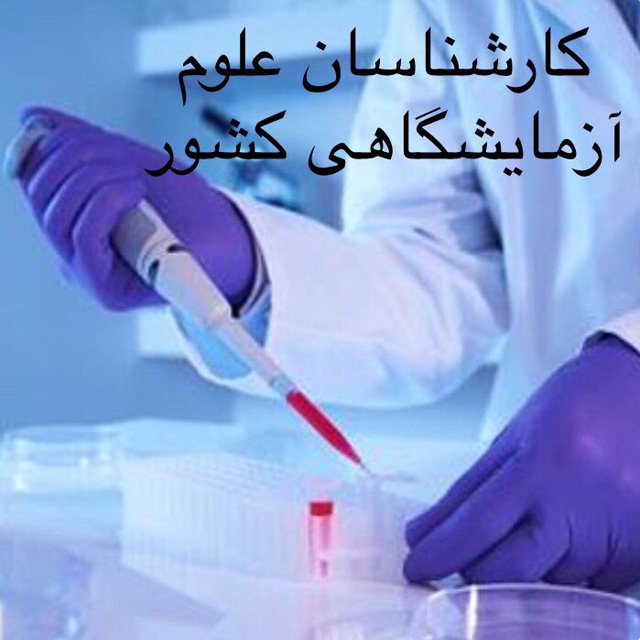Nick name:
25 OH D2, D3
Other names: 25-hydroxyvitamin D, 25-hydroxycholecalciferol,
25-Hydroxycholecalciferol, 25-Hydroxy D3, 25-Hydroxy D2, Calcidiol, Vitamin D Assay.
Performing department: hormone analysis
Measurable sample type: serum, plasma
Required sample volume: 0.5 ml
Sampling conditions:
1. There is no need to fast.
2. Avoid taking vitamin D supplements before the test.
3. Sampling should be done before transfusion or starting treatment with vitamin D.
Sampling considerations:
1. Following the principles of sampling, take a venous blood sample from the patient and collect it in vials with red lids.
2. Check the sampling site for bleeding.
3⃣ In case of sampling outside the laboratory, send the sample to the laboratory immediately.
4. The blood sample should be centrifuged within two hours and the serum should be separated and separated in special vials with lids.
5. If the patient uses drugs that affect the test results, write it down in the test sheet before sampling.
Maintenance:
1. The sample is stable at room temperature for up to 72 hours.
2. The sample is stable at 4°C for 14 days, otherwise freeze it. The sample is stable in a freezer (-20°C) for up to one month.
3 ⃣ Transfer the sample to the relevant department to perform the above distance test.
Cases of non-acceptance of samples:
severe hemolysis
Clinical applications:
1⃣ Diagnosis of vitamin D deficiency
2⃣ Differential diagnosis of rickets and osteomalacia
3⃣ Monitoring of replacement therapy with synthetic vitamin D
4⃣ Diagnosis of hypervitaminosis D (vitamin D poisoning)
Reference method: RIA Competitive Binding Assay
Preferred method: Liquid Chromatography-Tandem Mass Spectrometry (LC-MS/MS)
Other methods: HPLC, quantitative luminescence, electrochemiluminescence
Normal values:
Severe deficiency: 10 ng/ml
Mild to moderate deficiency: 10 – 19 ng/ml
Optimal level: 20-50 ng/ml
Increased risk of hypercalciuria: 51-80 ng/ml
Potential toxicity: 80 ng/ml
Interpretation:
Values > 10 ng/ml are associated with rickets and osteomalacia. Values of 10-19 ng/ml may be associated with an increased risk of osteoporosis or secondary hyperparathyroidism. Values of 20-50 ng/ml are the optimal level in healthy people. Patients with bone diseases may benefit from higher levels in this range. Probable level >50 ng/ml with long-term calcium supplementation may lead to hypercalciuria and decreased kidney function. Values of 80 ng/ml are the lowest level reported in connection with poisoning in patients without primary hyperparathyroidism with normal renal function. Most patients with poisoning have levels greater than 150 ng/ml. Patients with kidney failure can have very high levels of OH-D 25- and without any signs of toxicity because the failing kidneys are unable to convert OH-D 25- to OH-D 1-25 (the active form of vitamin D). and OH-D-25 remains intact.
Level reduction:
Rickets, osteomalacia, osteoporosis, kidney disease, liver disease.
Level up:
Williams syndrome
Description:
Patients with hypercalcemia, hyperphosphatemia, and low PTH may suffer from aberrant and unregulated conversion of 25-OH-D to 1-25-OH-D (vitamin D). For example, we can refer to granulomatous diseases, specific sarcoid, or hypervitaminosis D induced by brain substances.
People with disorders resulting from excess vitamin D in the body (hypervitaminosis D) have a serum concentration of 25-OH-D greater than 80 ng/ml and usually greater than 150 ng/ml.
Long-term use of anticonvulsants may lead to vitamin D deficiency and cause bone diseases. Anticonvulsants that play a role in these conditions include phenytoin, phenobarbital, carbamazepine, and valproic acid. Newer anticonvulsants have either not been studied or are not thought to cause vitamin D deficiency.
This post is written by jm30303030
